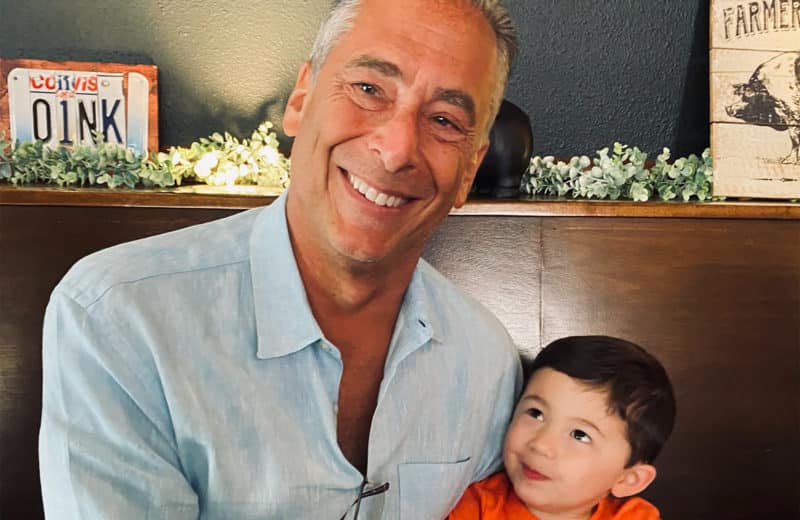Understanding the harmful consequences of e-cigarettes
Chicago Health is committed to publishing a diversity of opinions. The opinions expressed in this op-ed article are the author’s own.
Many people believe the best way to kick a smoking habit and to decrease the risk of tobacco-related diseases is to transition to e-cigarettes. Although this idea has grown in popularity in recent years, e-cigarettes are not a safe alternative, as the ingredients carry their own dangers.
Although e-cigarettes do not contain tobacco, many include nicotine, which comes from tobacco, as well as a mix of other potentially harmful chemicals. E-cigarettes use a battery to heat a liquid, turning it into an aerosol, or a vapor (hence the term “vaping”). Users inhale the vapor into their lungs.
Nicotine and other suspected carcinogens in the liquid can circulate throughout the user’s body during vaping. Nicotine is a highly addictive chemical compound that can change the way the brain works and cause physical and psychological dependence.
According to the American Cancer Society, additional ingredients may include:
- Propylene glycol, which can increase irritation of the lungs and airways after concentrated exposure.
- Volatile organic compounds (VOCs), which can irritate the eyes, nose, and throat; cause headaches and nausea; and can damage the liver, kidney, and nervous system at certain levels.
- Flavoring chemicals, some of which may contain diacetyl, a compound linked to the serious lung disease bronchiolitis obliterans.
- Formaldehyde, a cancerous substance that may form if e-liquid overheats or not enough liquid reaches the heating element (called a “dry-puff”).
- Metals — such as lead, nickel, chromium, manganese, and arsenic — that are linked to cancer and other diseases.
Youth vaping epidemic
Researchers are still evaluating vaping health risks, but there is increasing proof the chemicals in the ingredients are dangerous and the consequences severe. A recent study has shown people who vape have a 59% higher risk of a heart attack, 40% higher risk of heart disease, and 71% higher risk of stroke than non-users.
The American Cancer Society also shared reports of serious lung disease in some e-cigarettes users, with symptoms including:
- Cough, chest pain, or trouble breathing.
- Nausea, vomiting, or diarrhea.
- Fever, fatigue, or weight loss.
Mindful of these side effects and epidemic levels of vaping among youth, it’s important to have a broader understanding, education, and awareness about the consequences of vaping, especially for young people.
According to a study by the Centers for Disease Control and Prevention, in 2021, an estimated 11.3% (1.72 million) of high school students and 2.8% (320,000) of middle school students reported currently using e-cigarettes, and almost 85% of current users reported using flavored pods or cartridges.
Many middle schoolers and high schoolers see vaping as cool. The appeal stems from the idealization of cigarettes, with smoking or vaping often glamorized in pop culture. According to the American Lung Association, 39% of young users vape because a friend or family member does; 31% vape because of flavors such as mint, candy, fruit, or chocolate; and 17% say they believe vapes are less harmful than other forms of tobacco such as cigarettes. This misinformation, targeted advertising, and normalized activity is dangerous.
Vaping extends into marijuana, too. An October 2021 report in JAMA Pediatrics showed teen vaping of marijuana doubled between 2013 and 2020, from 6.1% to 13.6%, signaling that young people may be replacing joints, pipes, or bongs with vape pens. This creates the potential for adverse physical and cognitive health outcomes like verbal learning and retention.
Bottom line: The use of e-cigarettes is unsafe, especially for kids, teens, and young adults, as the brain is still growing. While experts do not know the full extent of negative health consequences wrought by e-cigarettes, they do understand the puff isn’t worth the potential price of someone’s health.
Dedicated prevention and intervention resources must be directed at middle and high school students to help them safely stop using e-cigarettes and ideally never start. It’s on us — the village of parents, loved ones, teachers, healthcare providers, coaches, and other influencers — to talk to children about the dangers of vaping.












